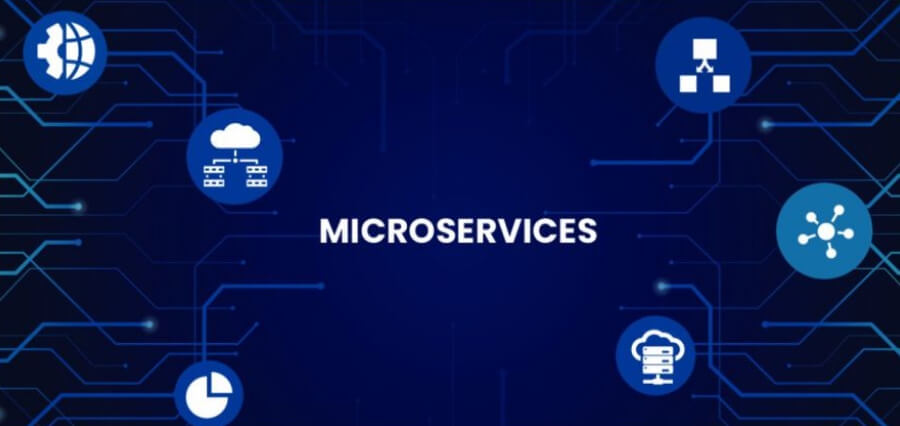Microservices are becoming increasingly important in the world of risk assessment and management. Businesses can improve their overall risk posture by breaking applications into more minor, manageable services.
This approach allows for more granular control over security and compliance and makes identifying and addressing risks easier. Microservices also make it possible to adapt to changing threats and regulations quickly.
By leveraging microservices, businesses can improve their risk analytics and management efforts and better protect themselves from potential losses.
This article will discuss microservices’ role in risk assessment and management and how they can help your business stay secure.
What are Microservices?
Microservices refer to software architecture in which a larger system or application is broken down into smaller, more manageable components. This approach contrasts with the more traditional monolithic approach, where an application is built as a single large unit.
It’s not a platform or framework, or product. It’s a method for making complicated decentralised networks. Microservices can be deployed separately and must be loosely connected to function.
Each microservice can be written in its language, and they all function independently while sharing data and exchanging commands over lightweight mechanisms such as well-defined APIs.
The fulfilment of a single task by a single microservice represents the completion of one capability for a tiny business. When all these tiny capabilities are fulfilled, the business gets its work done.
The Role of Microservices in Risk Assessment and Management
Microservices are increasingly being used in the development of modern applications. Some of the roles of microservices in risk assessment and management include:
Easy Identification and Isolation of Risky Components
One benefit of microservices is that they are easy to identify and isolate. This makes it easier to assess the risk associated with each component and make necessary changes. This is because each microservice is a self-contained unit with well-defined interfaces.
If one microservice fails, it can be taken offline without affecting the rest of the application. This is a big advantage compared to traditional monolithic applications, where a single point of failure can take down the entire system.
Improved Efficiency
Microservices can improve the efficiency of risk assessment and management by reducing the need for manual interventions. This is because changes can be made quickly and easily without going through a lengthy approval process. This helps reduce the overall risk of errors and makes it easier to respond to environmental changes.
Efficient Resource Utilisation
Microservices can help organisations use their resources more efficiently. By breaking down an application into smaller components, organisations can avoid duplication of effort and optimise resources.
Improved Traceability
Traceability is the ability to track an entity’s history, evolution, and current status. This is important in risk management because it helps organisations identify the root cause of problems and take corrective action.
Accurate and Up-to-date Data Collection
Microservices can help to collect data more accurately and keep it up-to-date. This is because microservices can be deployed quickly and are often combined with other technologies, such as sensors and IoT devices. Each service handles its data, meaning there is less chance of error or duplication.
Better Scalability and Performance
Microservices can also improve scalability and performance. This is because microservices can be deployed on multiple servers, and each server can handle a different number of requests. When done correctly, microservices architecture can be very scalable and able to handle a large number of requests.
Greater Control and Granularity
Microservices also offer greater control and granularity. This is because each microservice can be deployed and managed independently. As a result, organisations have more control over their applications and can make changes more easily.
Conclusion
Microservices play a critical role in risk assessment and management. They offer many benefits, including easy identification and isolation of risky components, efficient resource utilisation, faster time to market, improved traceability, accurate and up-to-date data collection, better scalability and performance, greater control and granularity, improved communication, and greater flexibility.
When used properly, microservices can significantly improve the efficiency of risk assessment and management.


